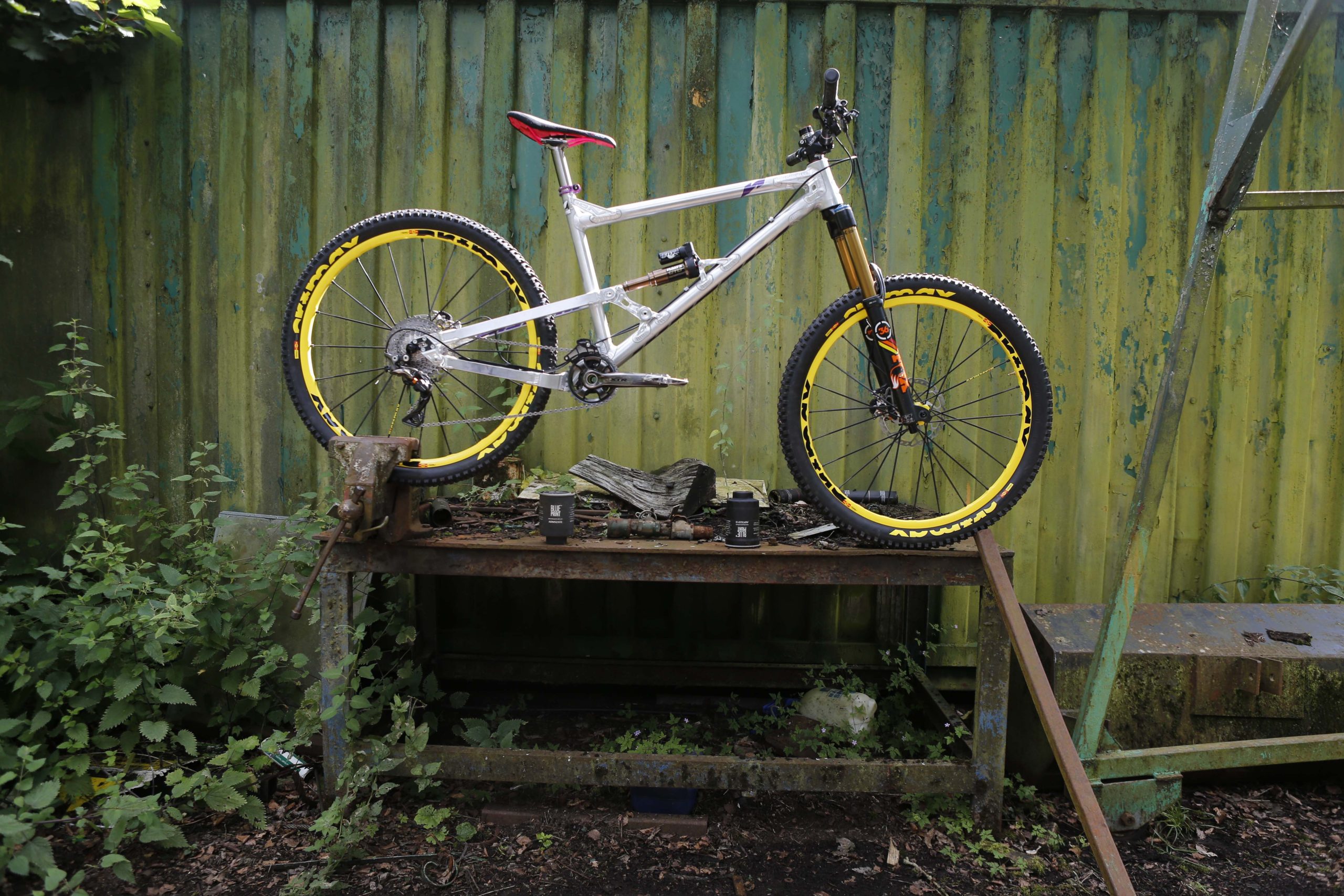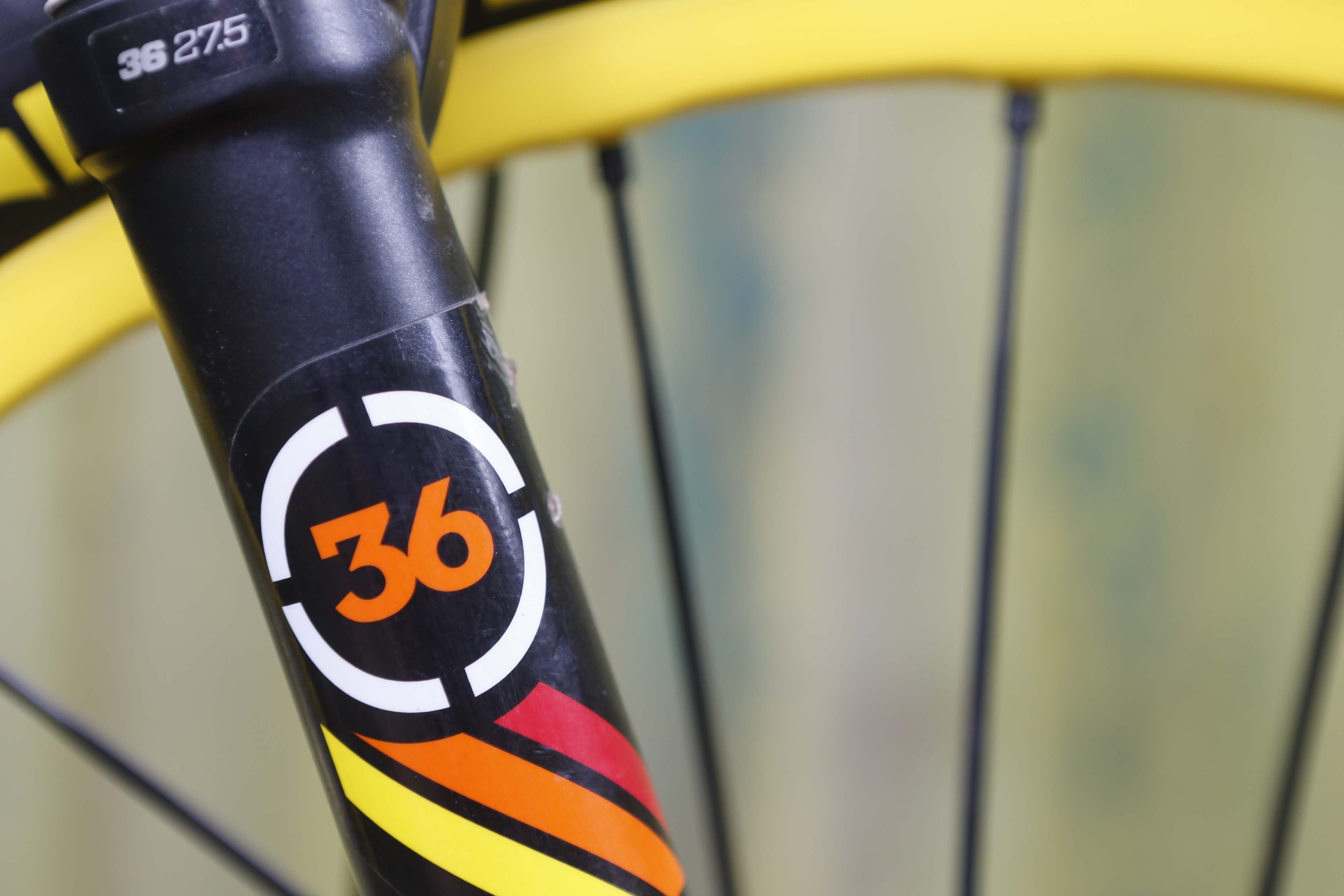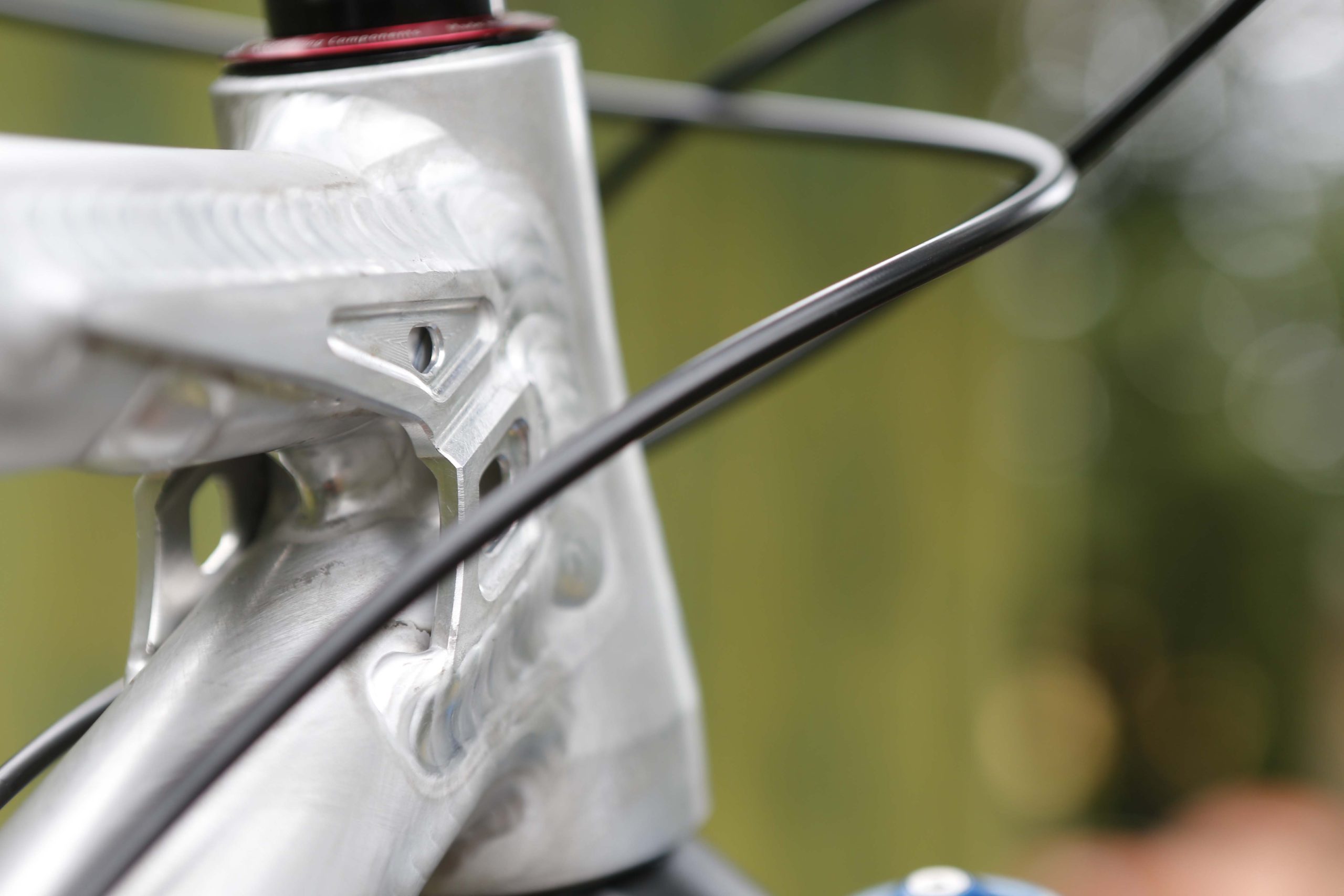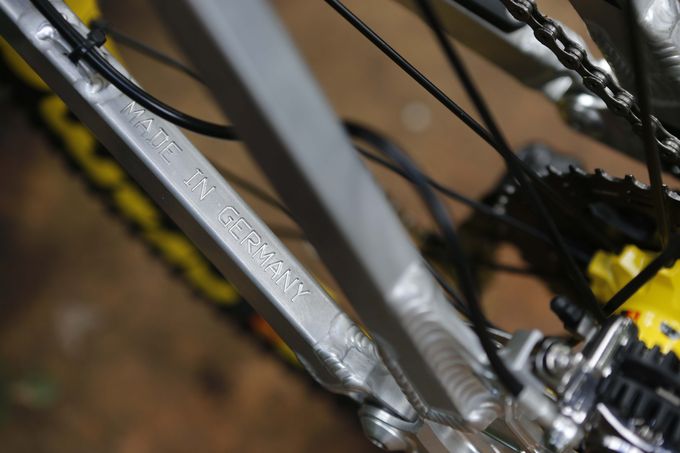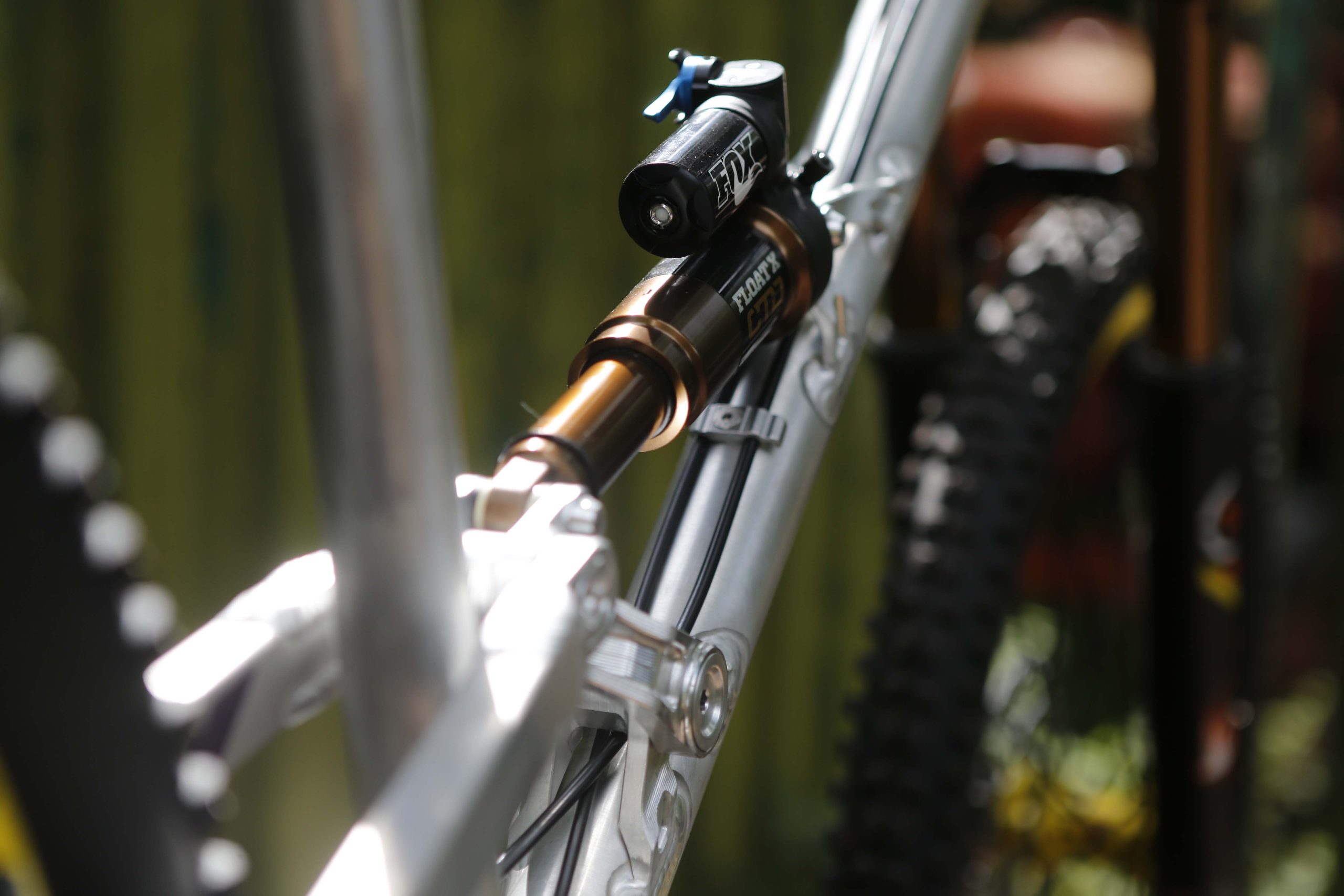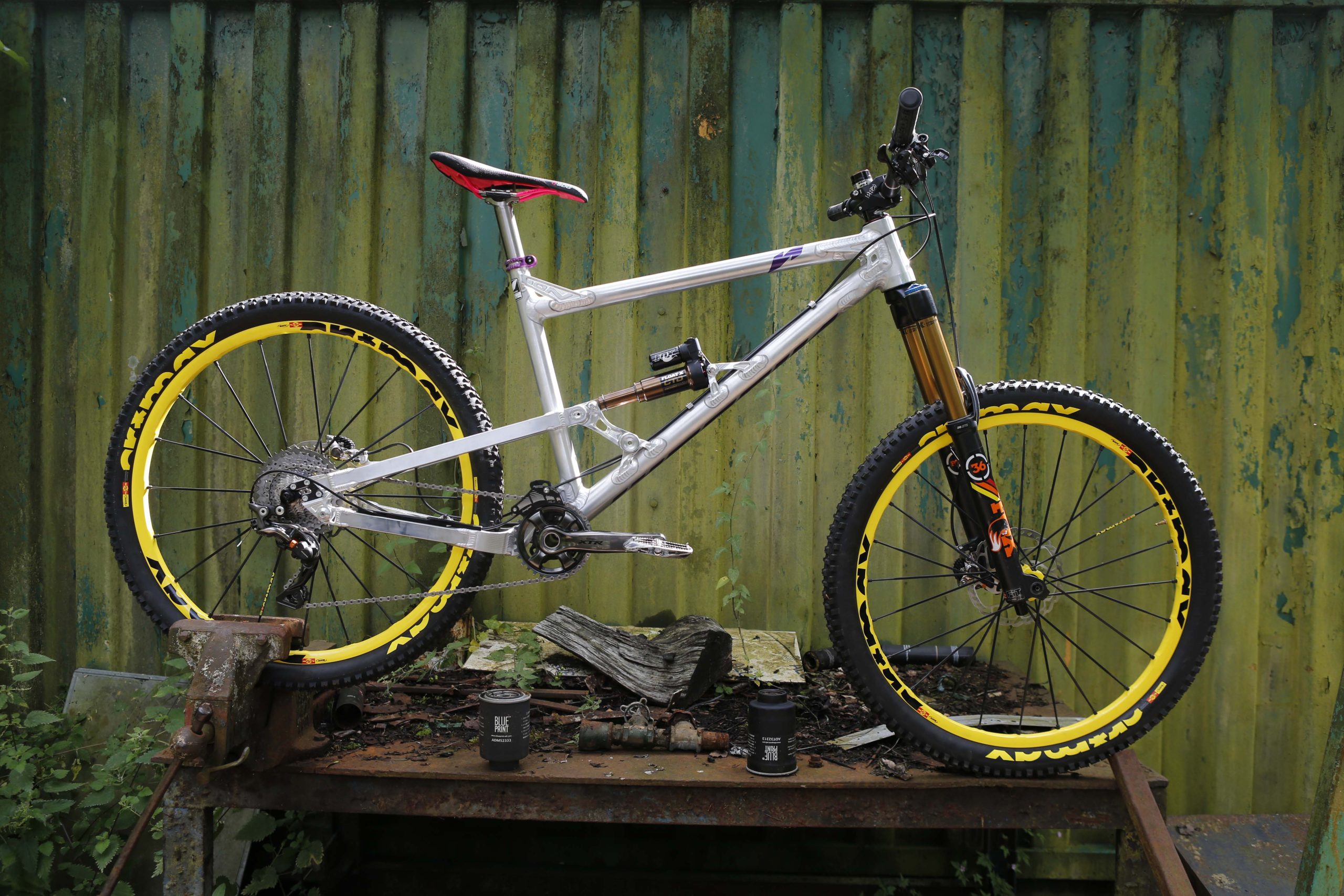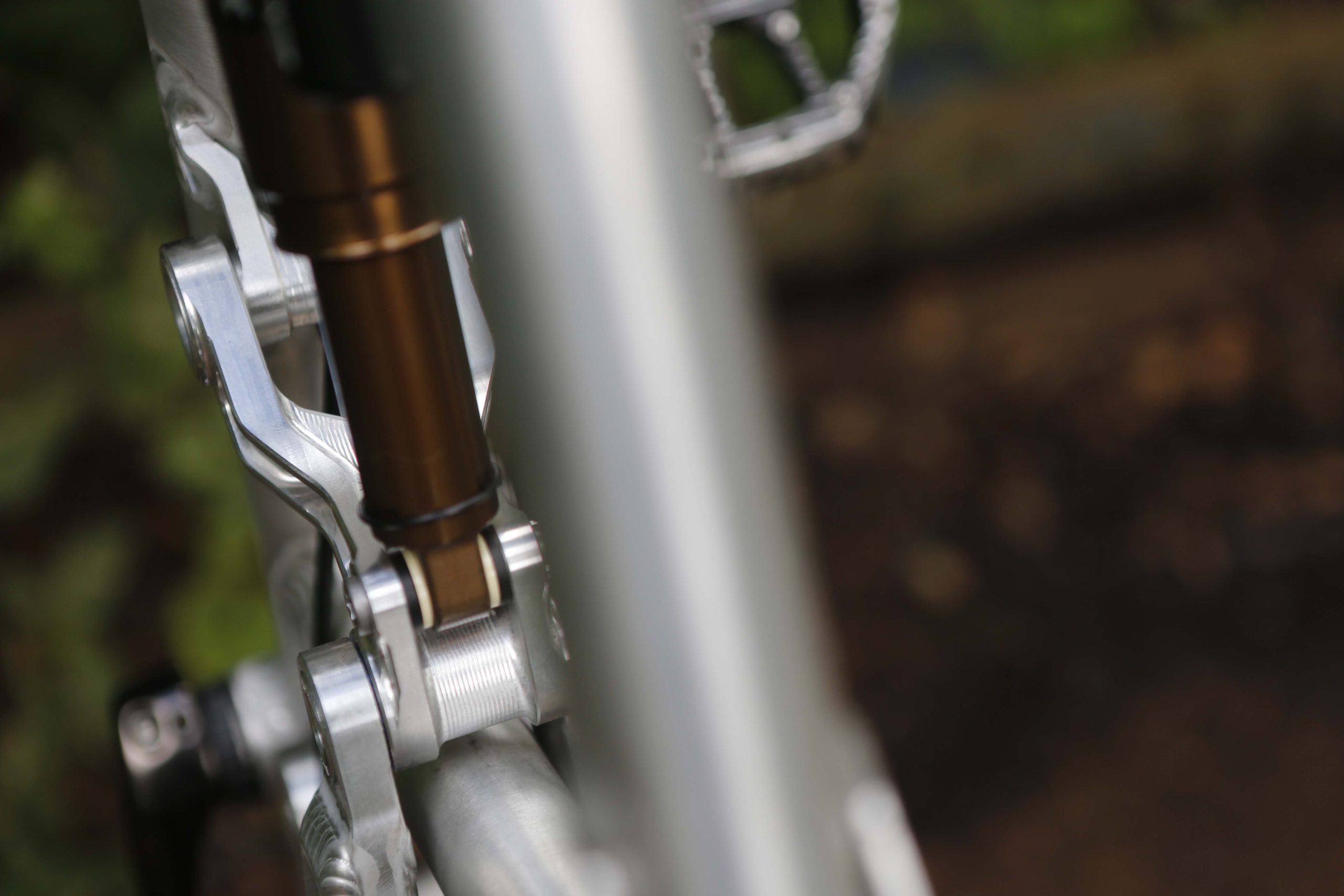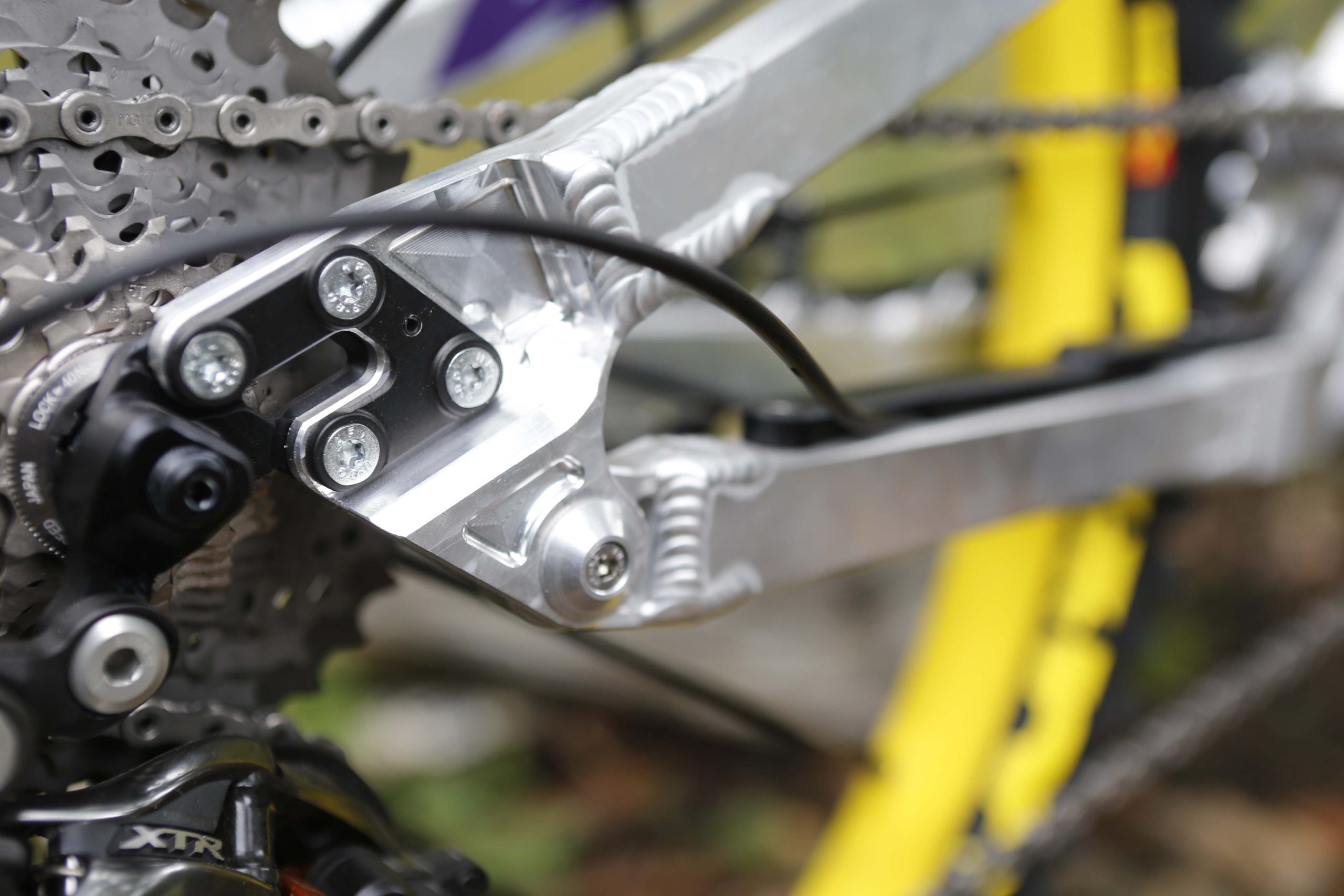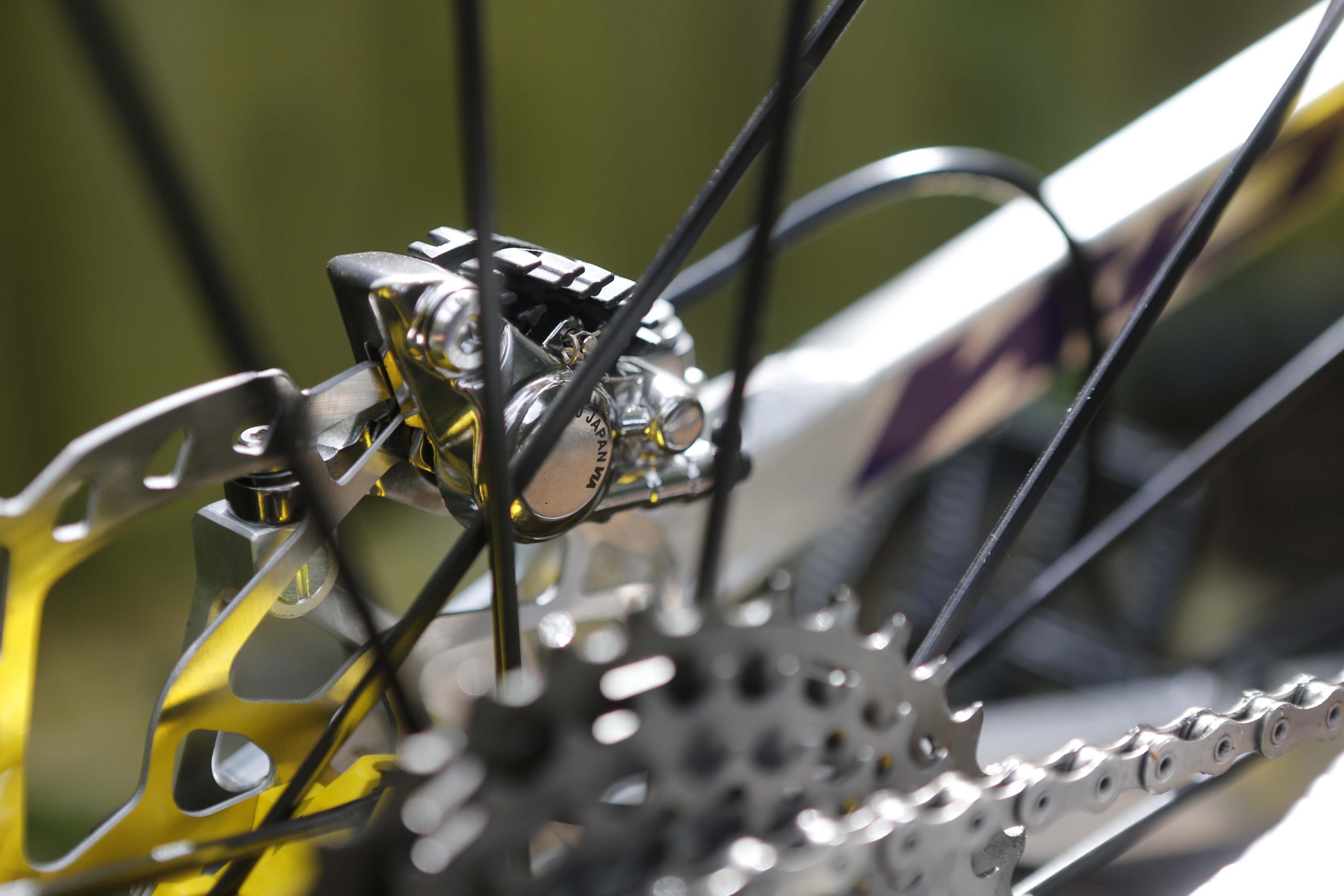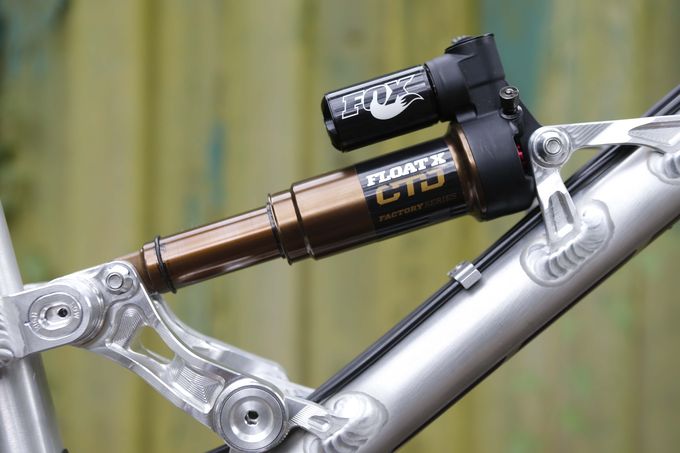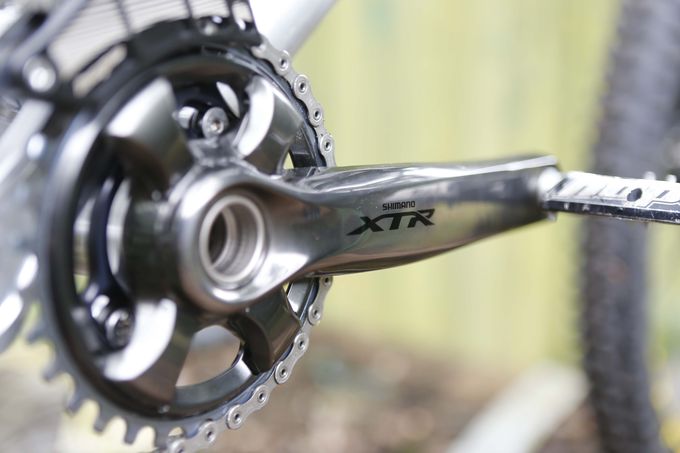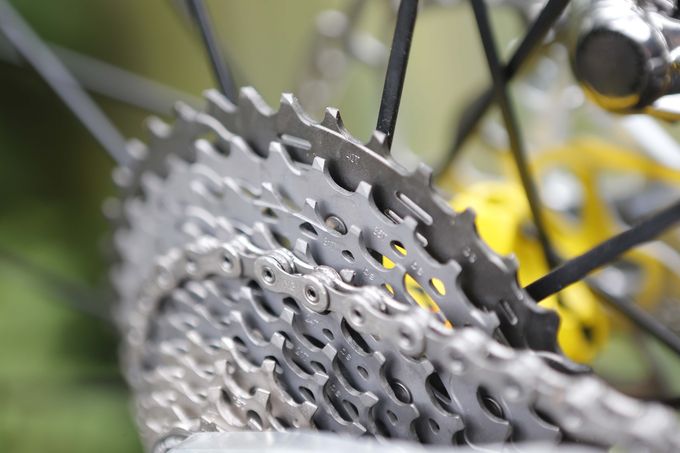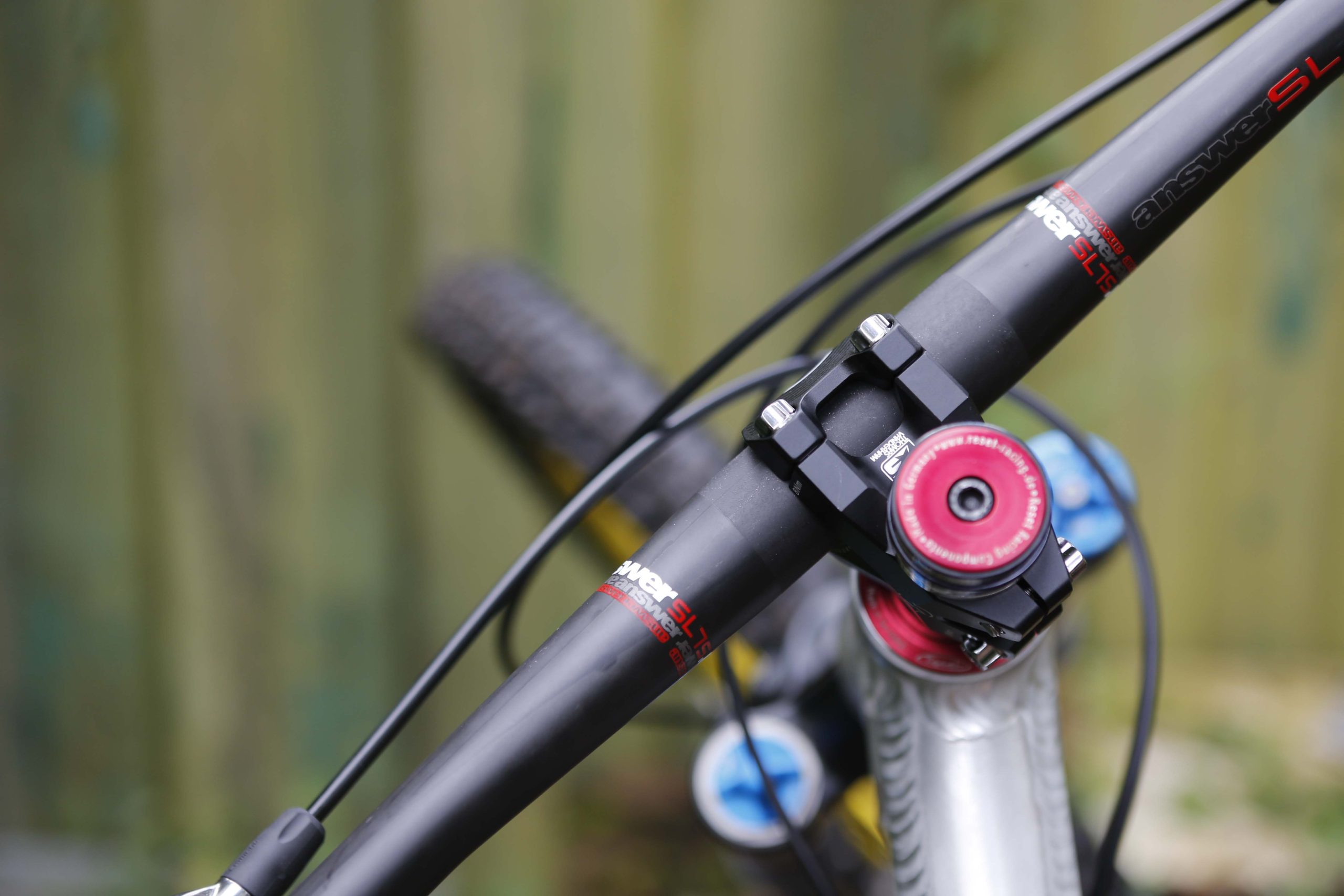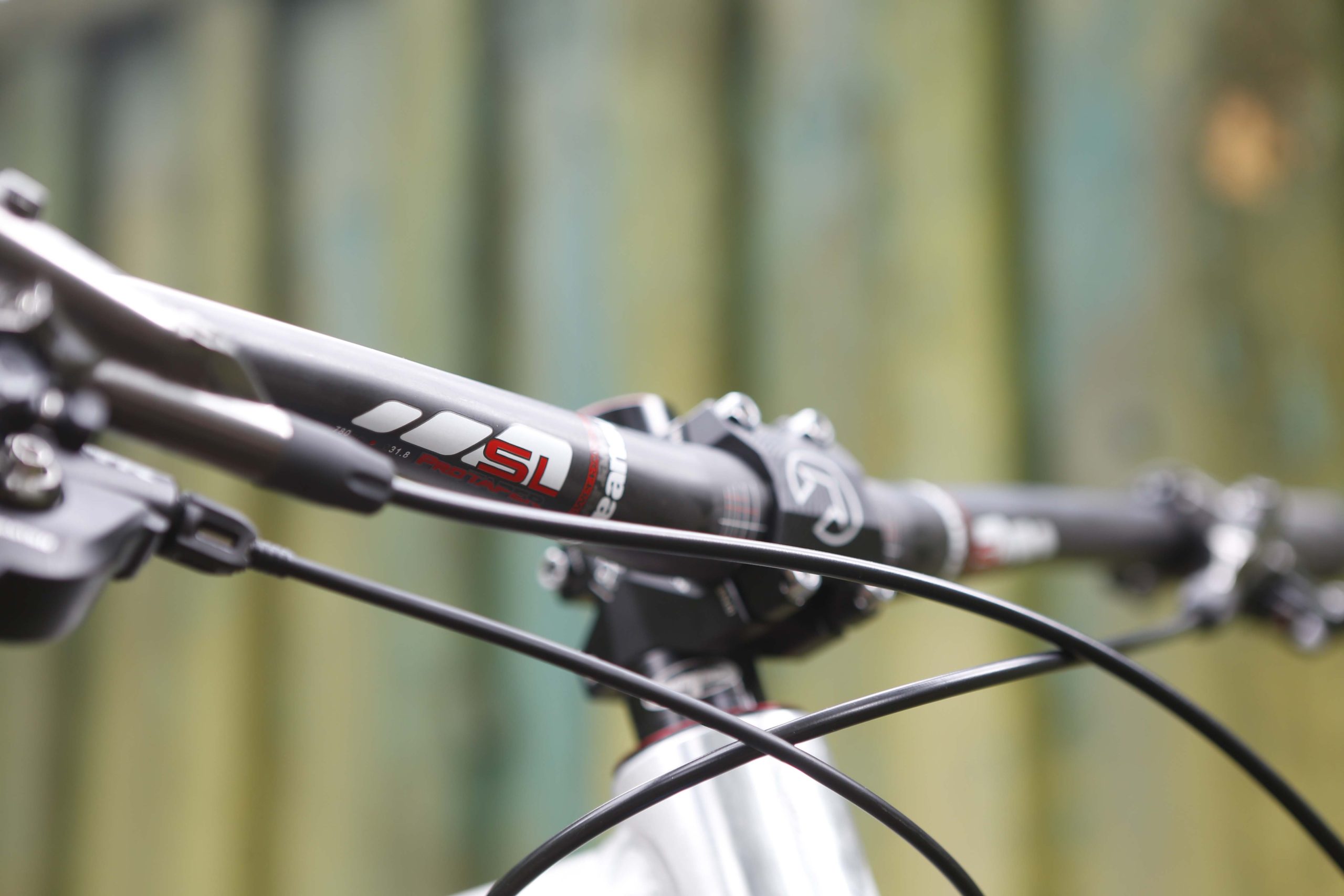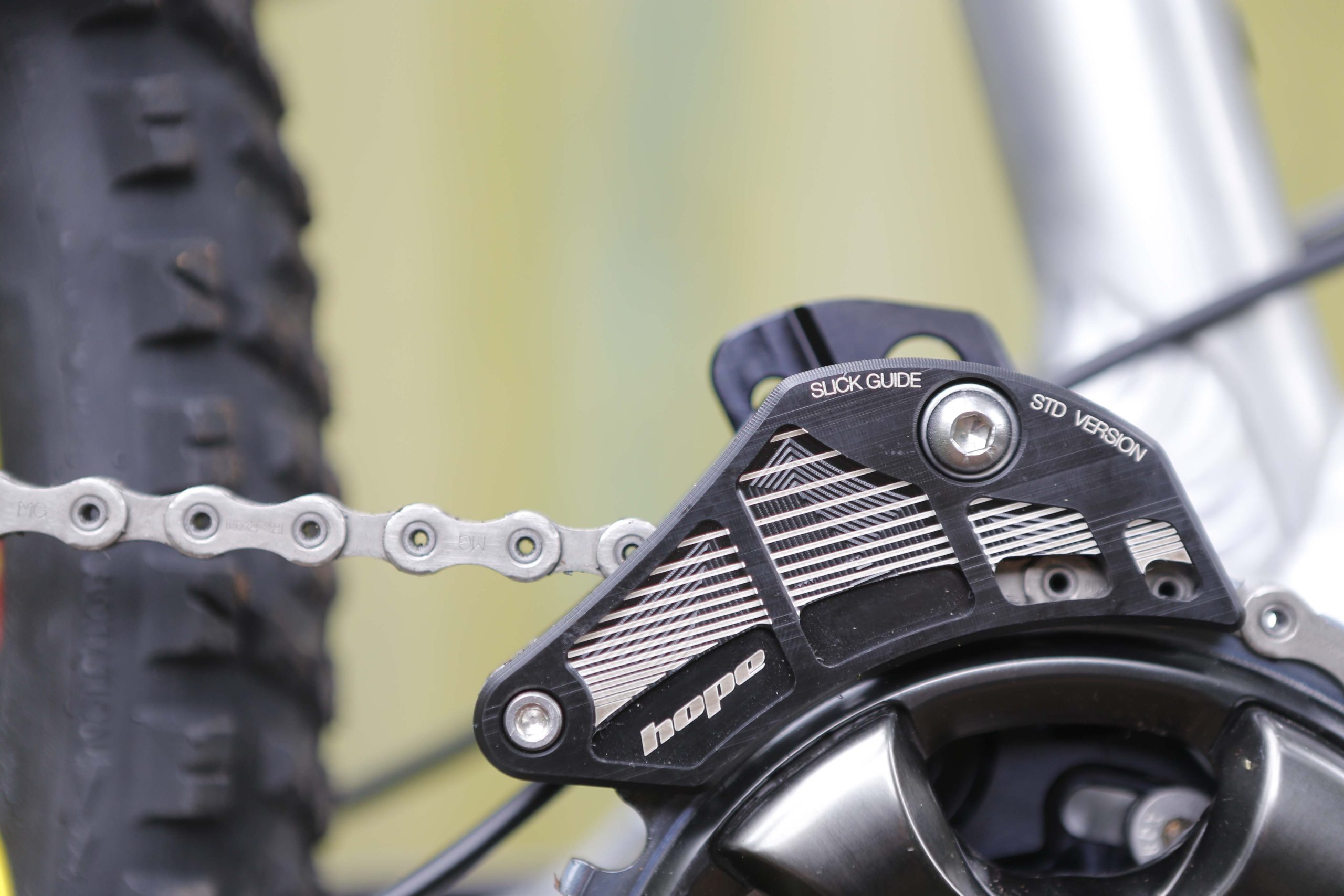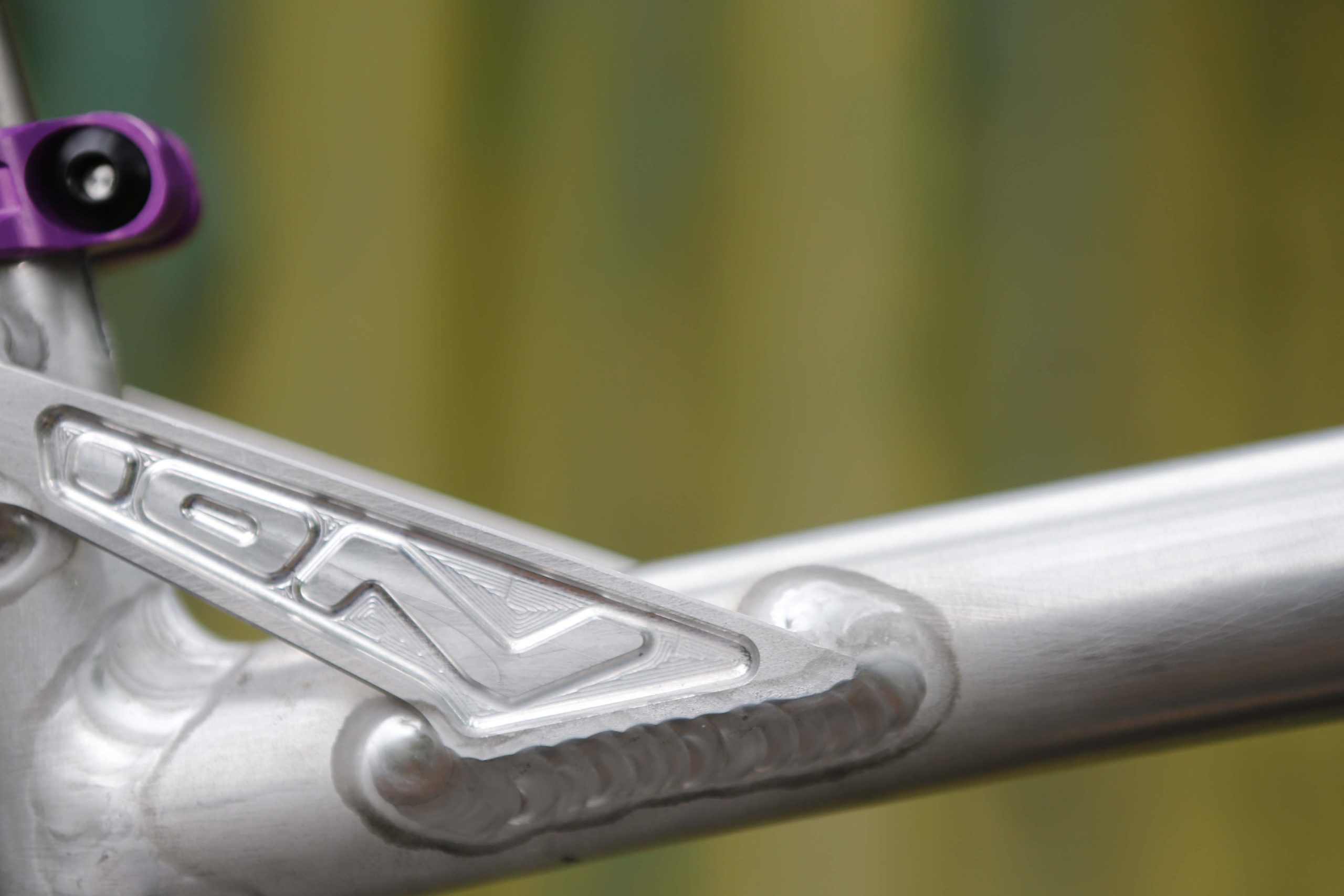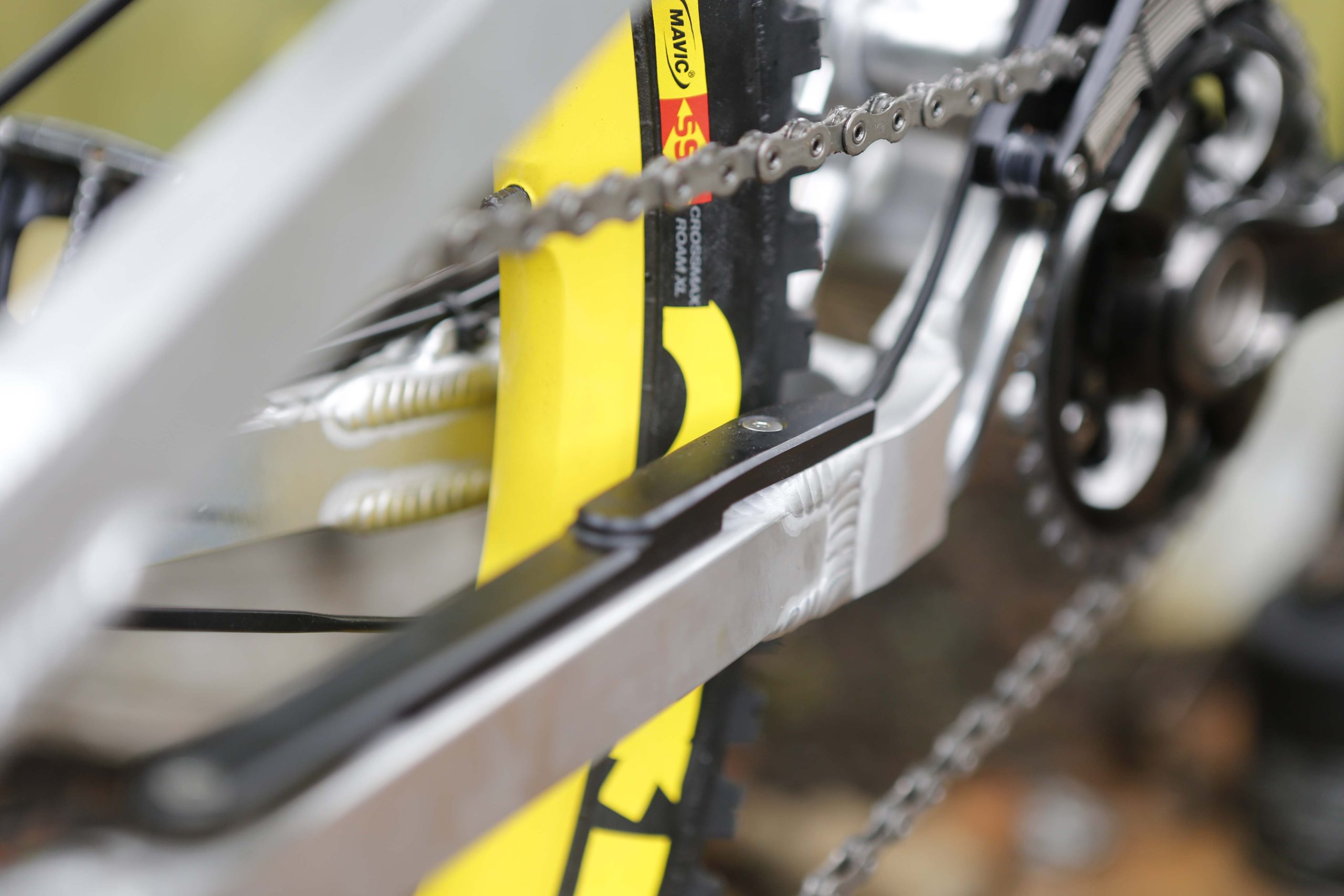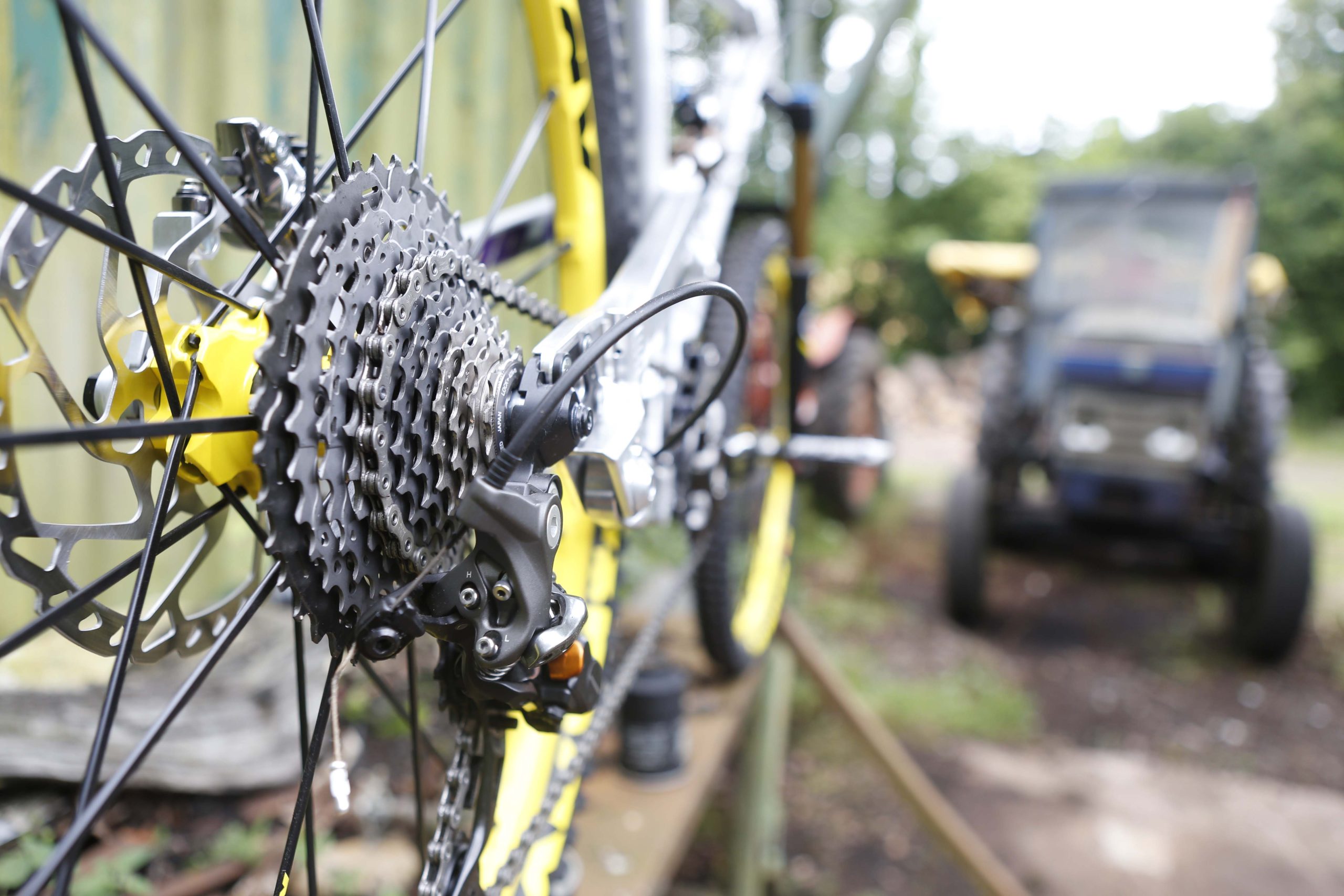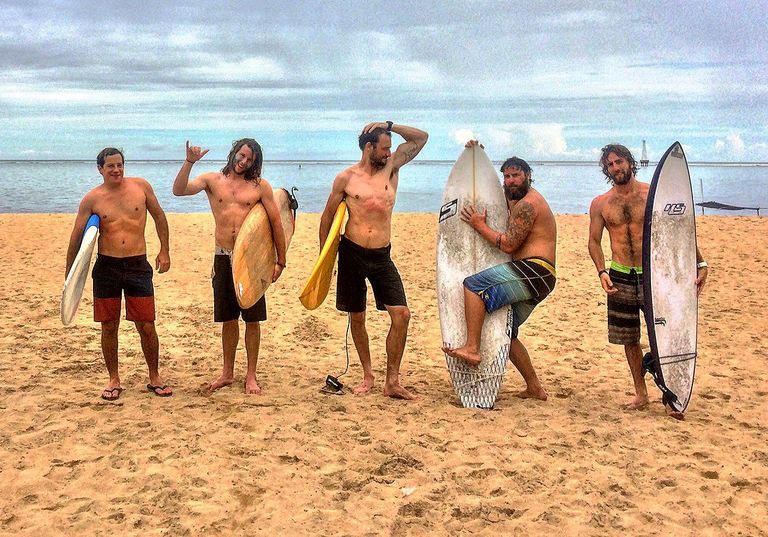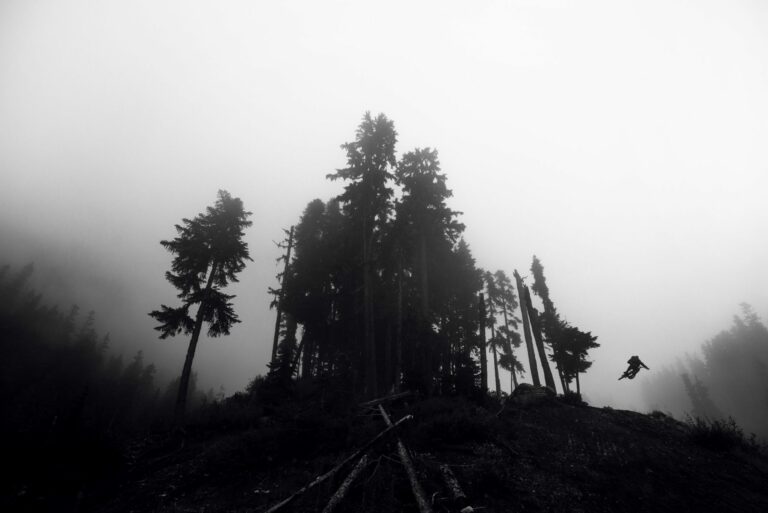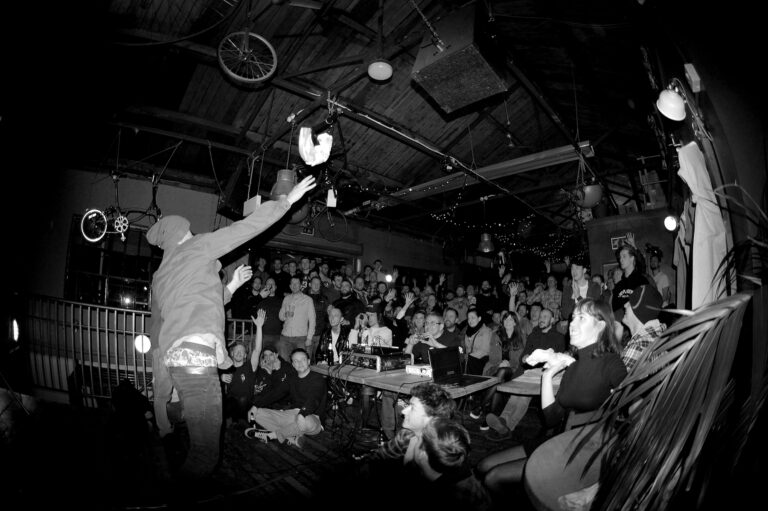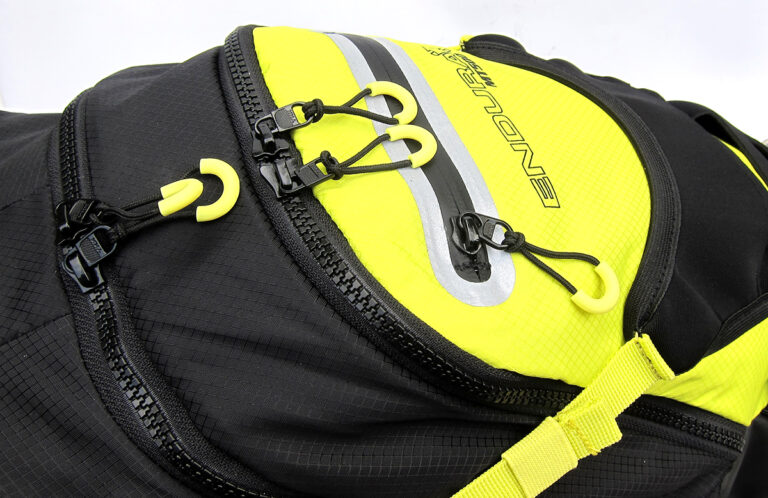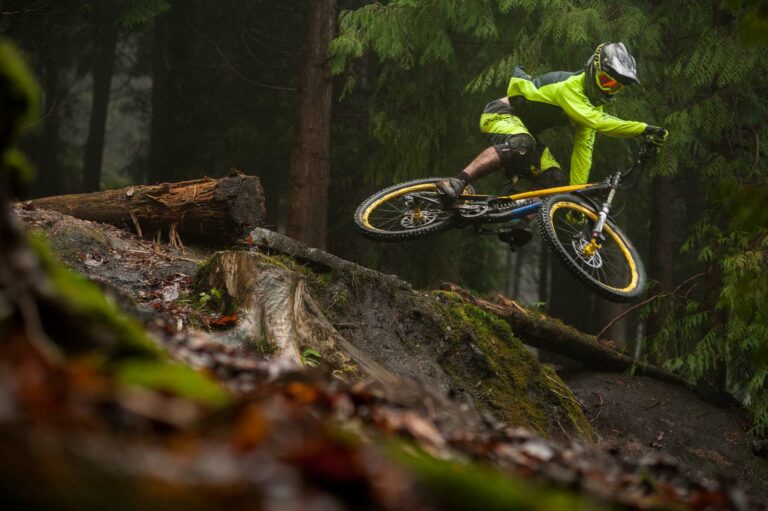Moving to this particular bike on review, the actual seated position on our tailor made Ion, which you could argue is the time you spend most of on an enduro bike, is 670mm, close to a XL Dune and longer than even the longest Geometron a close comparison to this bike. But when you add in the stem length our Ion is actually comparative to a large Trek Domane. (Remember that the road length will be much longer if measured to the shifter hoods).


But we know road bikes grow mostly in height rather than length. What’s much more interesting is that the size of many of the road bikes are very close in the bar to bottom bracket dimension as this Nicolai. This is a coincidence rather than one I have gone out to emulate. Whilst the actual reach numbers on say a size 56 Domane (about medium) is quite different to the Ion (495mm plays 377mm) the bottom bracket to handlebar measurement – the position that a rider stands in – is almost identical. In fact from the bottom bracket to where the bar exits the stem is 33” on both the Nicolai and size 56 Domane. The climbing position on the Trek is 37” and from the BB to outside of the 800mm Nicolai bar is 36.5”. These are very close numbers. In other words, whichever way you look at it, as a bicycle the Ion is pretty average.
But all that has happened with some of the longer mountainbikes is a few inches have been added to the front end to be able to use shorter stems as standard.
Remember also that whilst reach is a reasonably good indicator it frequently doesn’t tell the whole picture for so many other factors affect how a bike feels, rides, and affects riders fatigue. This can be bottom bracket, chainstay length, sag, suspension character, anti rise and squat, chainstay growth or bar width to name only a few. Plus, moving the bar can increase shape by up to one frame size too.


